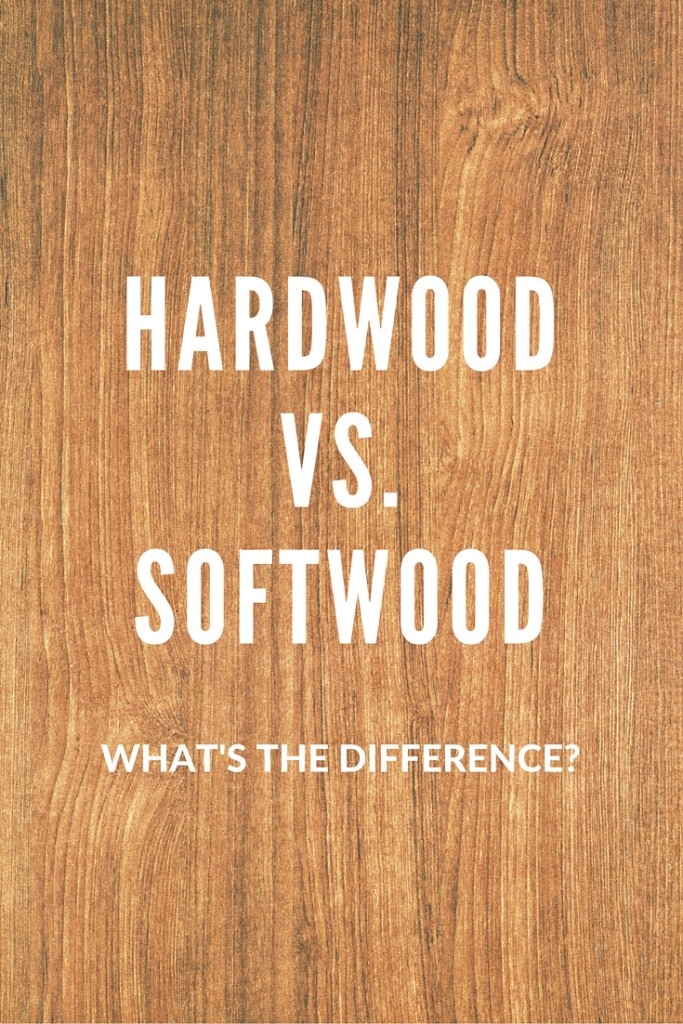22 Feb Hardwood Vs. Softwood in Plantation Shutter Manufacturing
 Hardwoods and softwoods: what’s the difference, and which type is better for interior shutter manufacturing? Or is one type better than the other for interior shutter manufacturing? Here is a look at hardwoods vs. softwoods and which types of wood are most often used to make interior plantation shutters.
Hardwoods and softwoods: what’s the difference, and which type is better for interior shutter manufacturing? Or is one type better than the other for interior shutter manufacturing? Here is a look at hardwoods vs. softwoods and which types of wood are most often used to make interior plantation shutters.
What’s the difference?
While you might think that the difference between a hardwood and a softwood has to do with the hardness of a particular variety of wood, the difference is actually something else entirely: hardwoods come from trees whose seeds fall to the ground in some sort of shell or fruit (think of deciduous trees whose leaves fall during autumn), and softwoods come from trees whose seeds fall to the ground without any sort of covering (think of coniferous trees that typically have needles and cones).
So it really has nothing to do with the innate qualities of a piece of wood. Balsa wood, for example, is one of the softest woods you can work with, yet it is technically classified as a hardwood. Yew, meanwhile, is tougher than many hardwoods—oak included—yet it is technically a softwood.
With that said, you’ll find both hardwoods and softwoods used in plantation shutter manufacturing. Here is a look at some of the most frequently used types.
Hardwoods
Mahogany
Mahogany is a darker wood that features a straight grain. It accepts stains very well, has a lustrous quality, and is best complemented by stains in rich, dark browns with red undertones. You might choose to have custom mahogany shutters made to match a prized heirloom furniture piece in the home.
Cherry
Cherry is also a darker wood that can be stained to match prized furniture pieces or other interior elements. Cherry wood has a compact, smooth grain and naturally features pigment variation throughout. Many choose to finish cherry wood with a clear stain and to let naturally darken with age.
Walnut
Walnut, another darker wood, can range from a light grayish brown to a rich chocolate brown. A clear finish on walnut will allow its natural color variation and richness of color to shine through. However, it can also be stained to achieve color uniformity.
Oak
Both red and white oak can be used to make plantation shutters. Oak has a coarse, large grain, so applying a stain will emphasize the wood’s grain patterns.
Maple
Maple is a lighter wood that is known for its closed, smooth grain. It’s highly resistant to dings and dents, making it a great candidate for plantation shutter making. It also accepts paint finish very well.
Softwoods
Pine
Pine is perfect for use in a room that features a woodsy feel. In terms of hardness, it is softer than other woods, but it is highly affordable to work with, and using knotty pine for your shutters could give your room exactly the rustic feel you’re looking for.
Fir
Like pine, fir is a good option for any room that feels like a mountain retreat—and that you’d like to add a rustic feel to.
Questions?
If you have any questions about shutters, talk to a shutter specialist today, or fill out the contact form.

Sorry, the comment form is closed at this time.